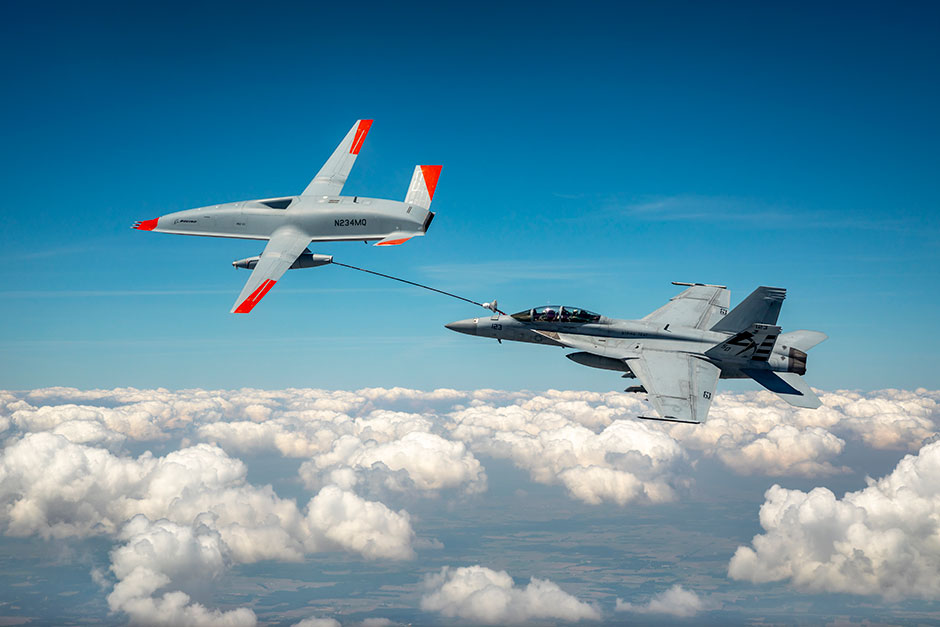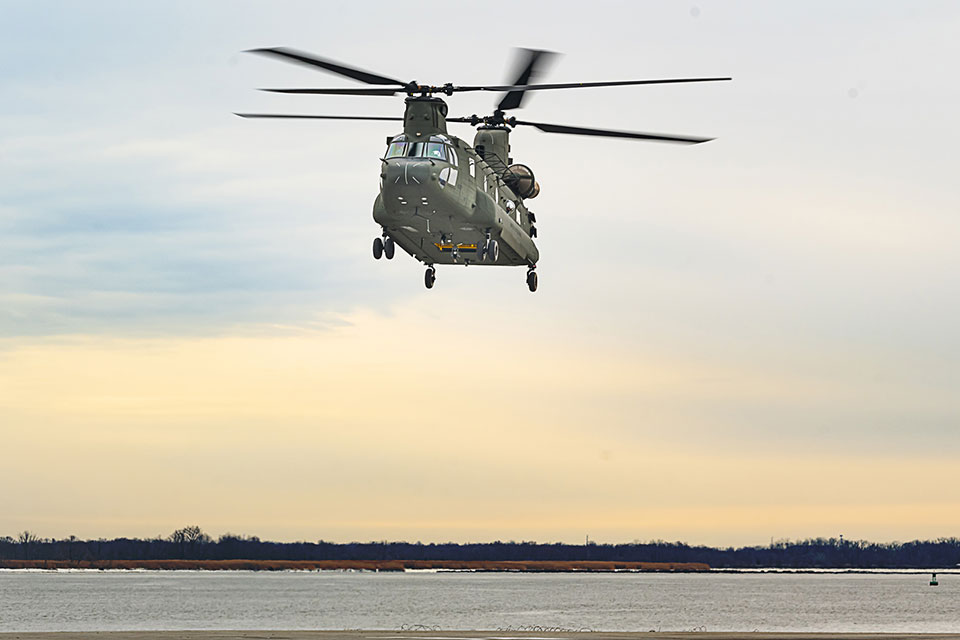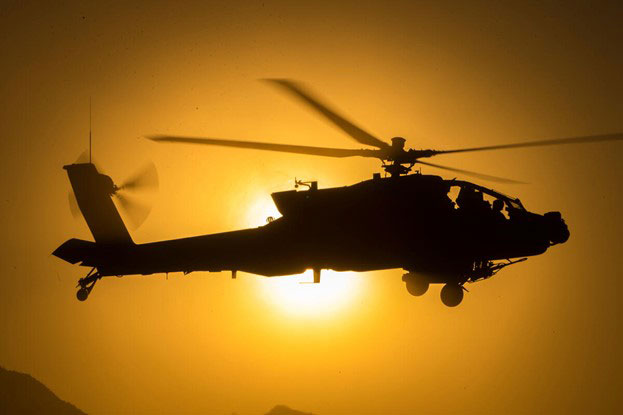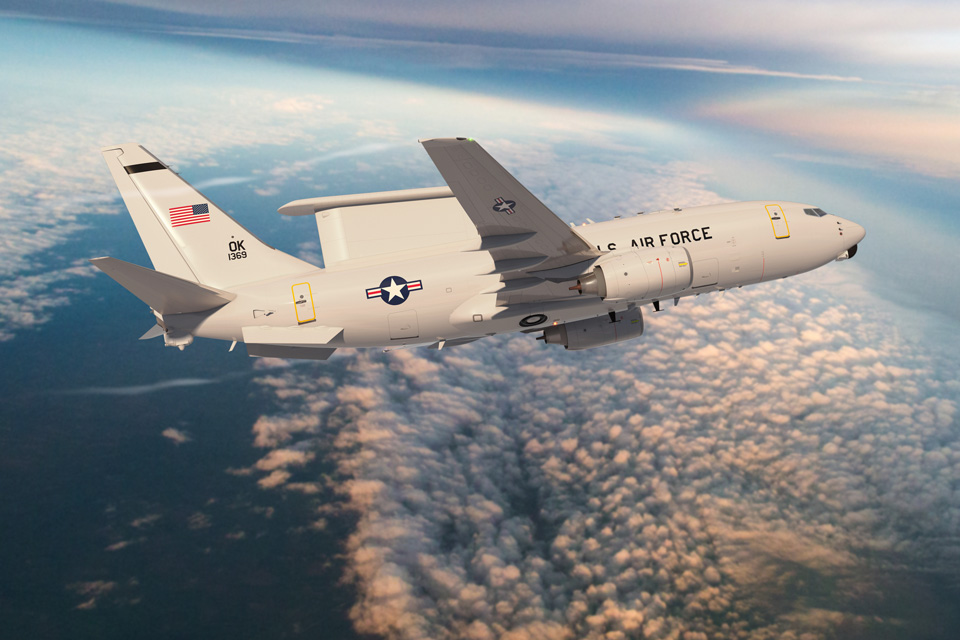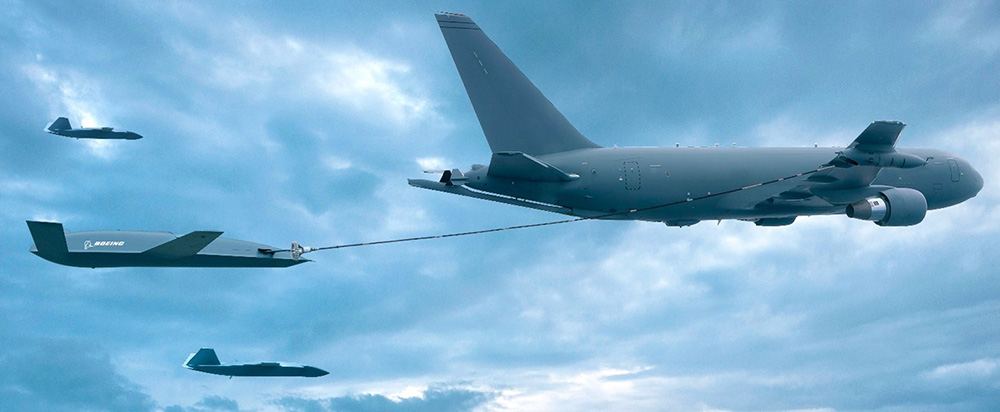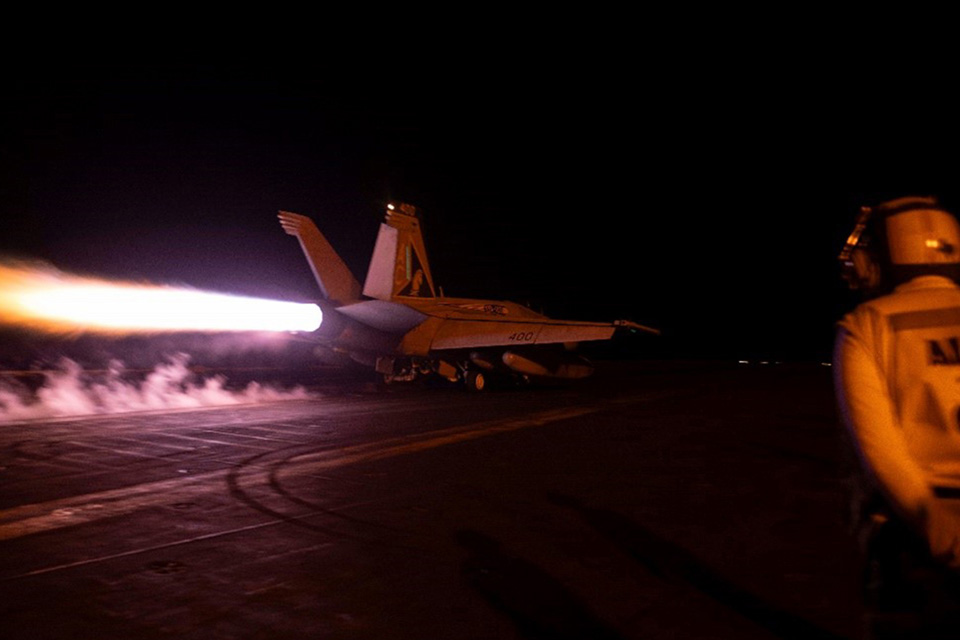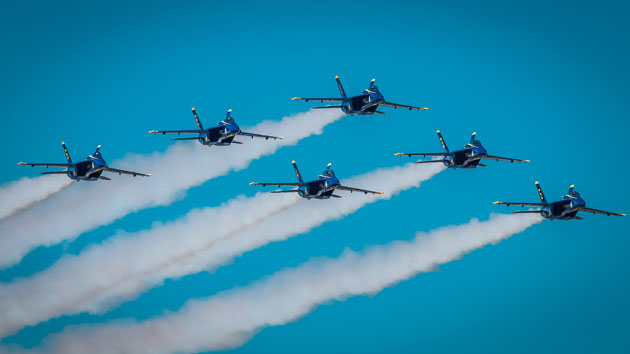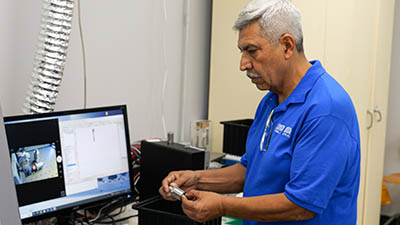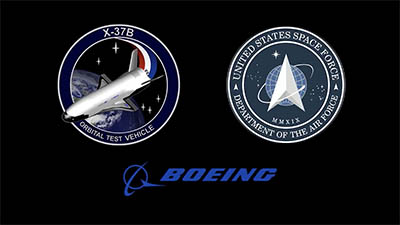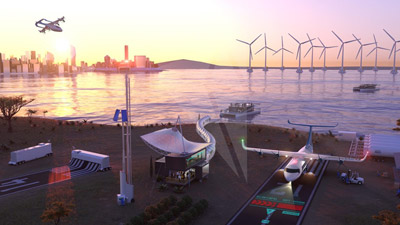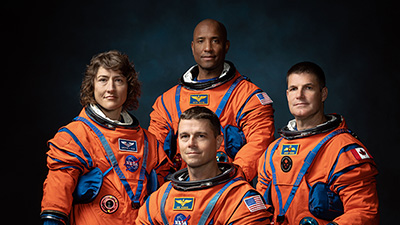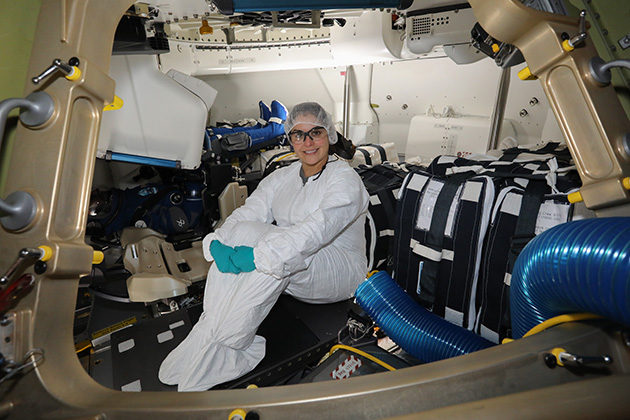T-7A Red Hawk, straight and level
A digital mindset enables quality improvements in challenging times
Digitally designed and now leaning into its next phase of flight testing, one of two Boeing production-relevant jets for the U.S. Air Force T-7A Red Hawk advanced trainer program taxies into position as Boeing Test & Evaluation Chief T-7 Pilot Steve Schmidt pushes the throttle forward.
Over the radio, test engineers hear his observations as the aircraft speeds down the runway. “Nozzles good,” Schmidt says. “Gears coming up” as the jet takes off.
The future of U.S. Air Force advanced pilot training is aloft.
“This is an exciting day. This is where we go validate high angle-of-attack maneuverability and departure resistance improvements,” said Paul Niewald, vice president and program manager, Boeing T-7 programs.
Both are key elements in demonstrating the fighterlike performance of the agile jet that went from model-based engineering and design on a laptop to first flight in just 36 months.
“Digital engineering has really been a game-changer to this program,” Niewald said. “We’re flying actually at the same time we’re building the jets.”
In fact, it is because of the T-7A’s “digital DNA” and having two production-relevant jets already in flight test that an anomaly at higher angles of attack called “wing rock” was discovered long before the first U.S. Air Force pilots ever climb into the cockpit of the advanced trainer.
“It allowed us to investigate issues early and get fixes in,” added Niewald. “We probably wouldn’t have discovered something like this until two years from now!”
Those fixes were loaded into the jet’s updated operational flight software and are being validated during a robust flight-test schedule.
“We’ve been able to move through our testing much quicker than we have in previous airplanes because of that digital engineering,” said Brad Nelson, senior flight test manager for Boeing T-7 programs. “We haven’t missed a beat. The teams been here every day working the jets.”
Even so, the COVID-19 pandemic has challenged the program and its global supply chain.
“We’re seeing the impact of the pandemic in our build, and it’s delayed parts coming to us there by delaying us putting the aircraft together,” Niewald said.
Boeing T-7A program leaders are assessing impacts to Milestone C, the point at which a program is reviewed for entrance into production and deployment, because of the shortages. But, Niewald added, “The T-7A Red Hawk team is committed to making up any delay in schedule by using the same innovative mindset that’s fueled the program since its start.”
No one knows that better than the pilots who are flying the advanced trainer into its latest phase of testing.
“It flew squawk-free. [I’m] extremely happy the way the jet performed today,” said Schmidt, the test pilot. “We turned the jet in really fast time, three flights off on a blue-sky day. It doesn’t get better than that.”
